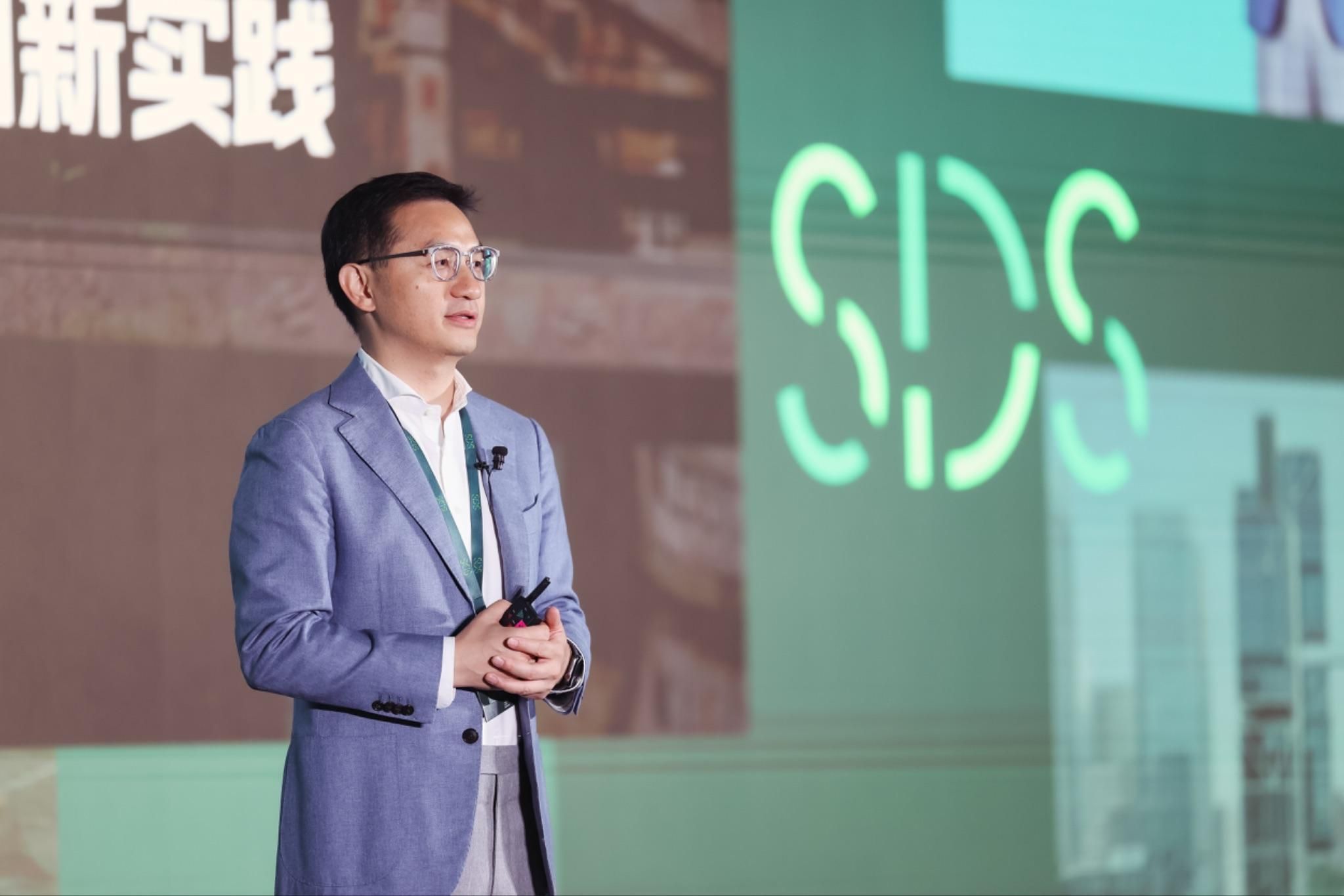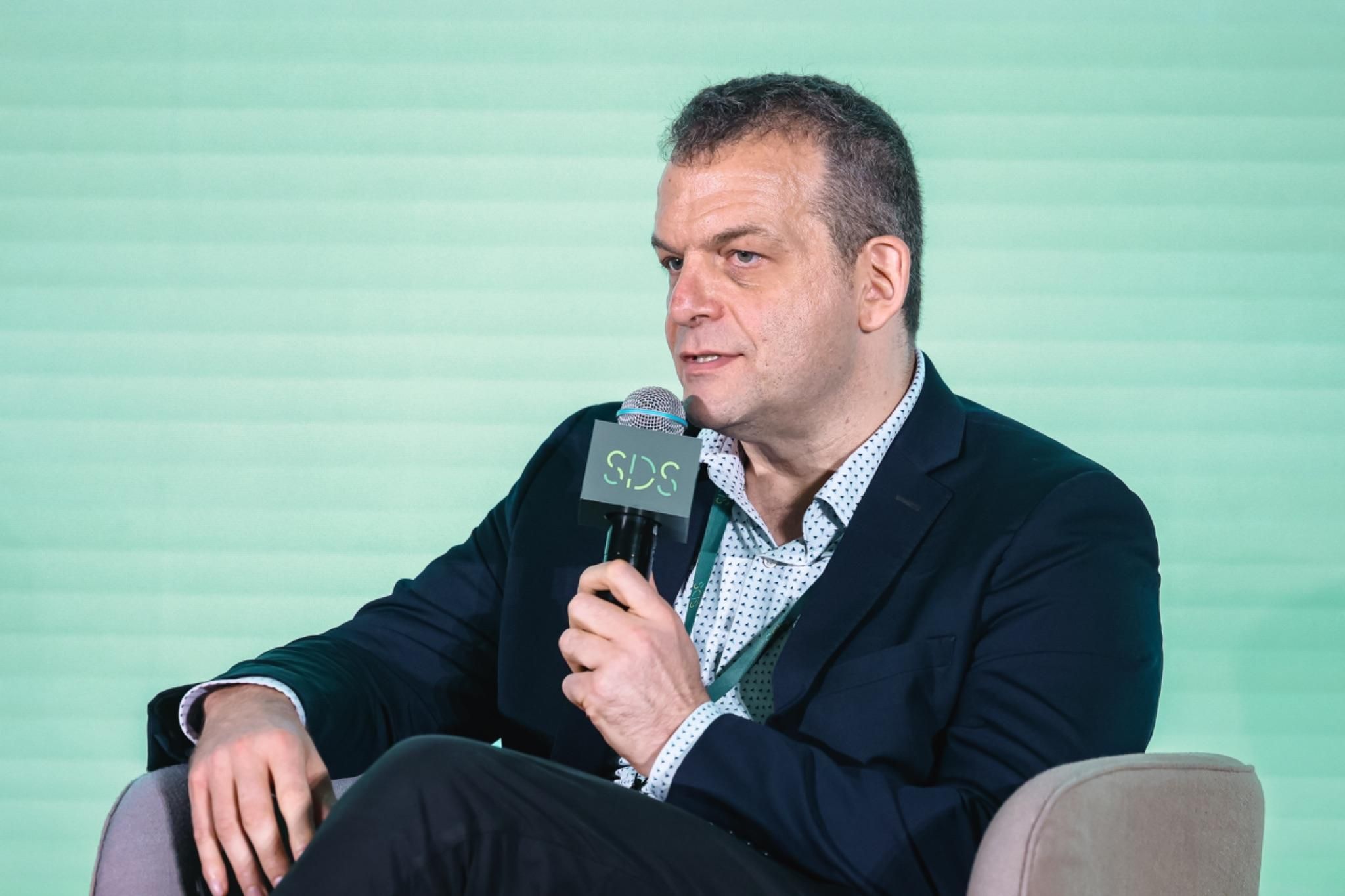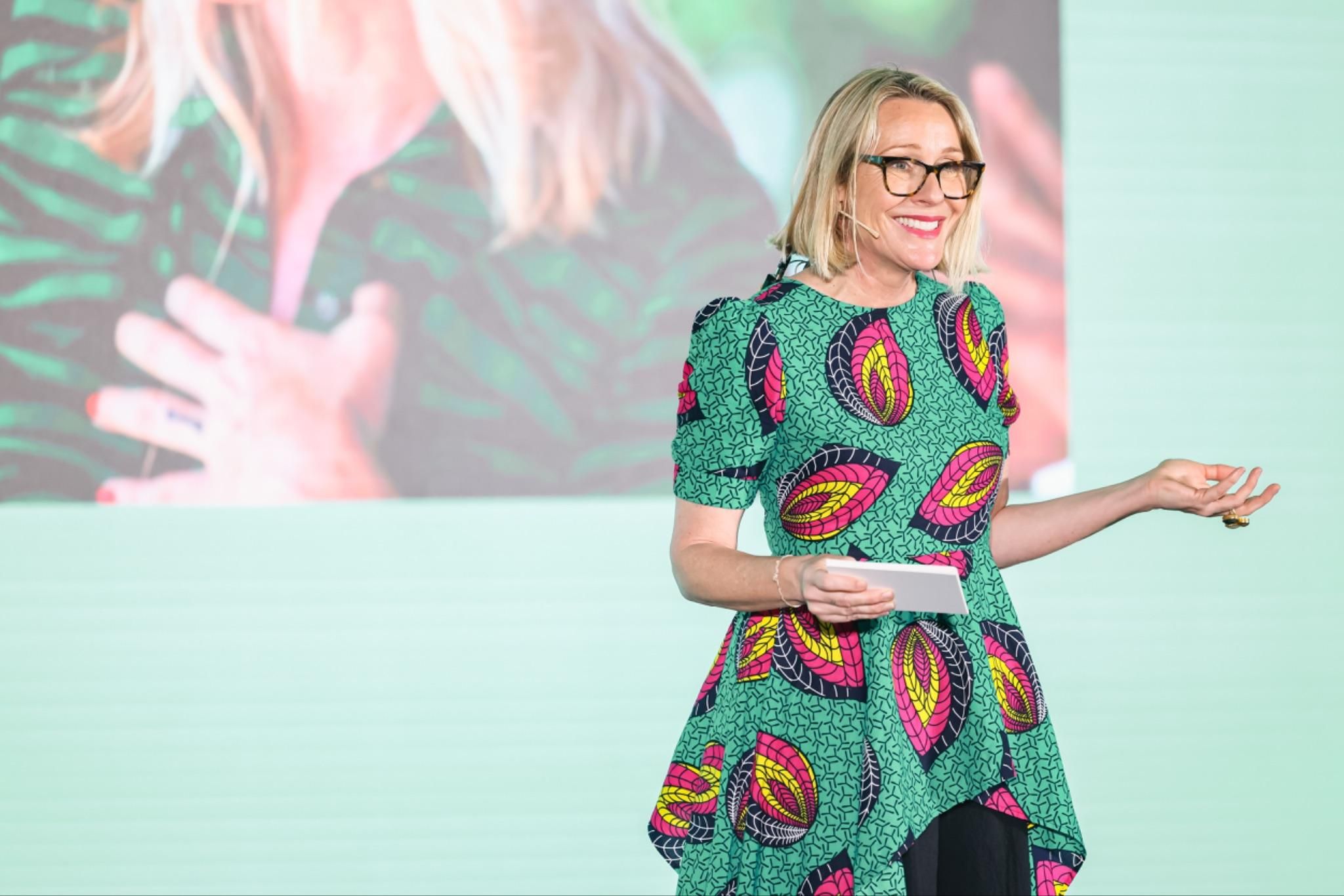Sustainable Design China Summit 2024 Paving the Path to a Future of Sustainable Design
)
Last month (19-21st June) the Sustainable Design China Summit took place at the Shanghai World Expo Convention & Exhibition Centre. Presenting a global hub for thought-leaders, architects and designers to gather and discuss themes of sustainability and design, the Sustainable Design China Summit challenges and pushes the boundaries in innovation and green design.
This year, the 2024 summit celebrates its third edition, and its first time coinciding with Design Shanghai - Asia’s leading international design event. Revealing its biggest edition yet, this year, the 3-day event expanded the depth and breadth of its sustainability talks and events, showcasing an impressive lineup of 60 speakers from various fields, including real estate, finance, urban planning, architecture, 3D printing, and design. the Summit showcased this through six forward-thinking themes, along with three features and installations.
”This year the Sustainable Design Summit focused on the processes and outcomes of climate solutions and the green energy transition. We explored how the retail and hospitality sectors have embraced ‘nature first‘ strategies. We examined how innovative climate solutions have been expanded to include the mitigation of both carbon and methane emissions and discovered how the use of AI technology and 3D printing has accelerated the path to Net Zero in the built environment”. Orianna Fielding, Chief Sustainability Advisor & Content Director
This year marks the first time the SDS Summit was held concurrently with Design Shanghai, effectively embedding sustainability deeper into the design industry and facilitating connections. This subtly encourages brands to move towards sustainability, integrating it throughout the design industry. Additionally, the discussions on 3D printing and AI themes this year received very positive reactions and sparked significant interest. - Zhuo Tan, Design Shanghai Event Director
DAY 1 Highlights
Day 1 explored the themes of Retail Renaissance: Mall Culture and Sustainability and Well + Good: The Rise of Positive Impact Hospitality & Eco-Travel. Retail Renaissance explored the future trends facing mall culture; recognising the potential of malls as new centres of sustainability and culture, with keynote speeches from Allan Zhang, CEO of Shui On Xintiandi Limited, on how sustainable commercial spaces can be built with long term value; John Haffner, Deputy Director of Sustainability at Hang Lung Properties Ltd., on the topic of “Reimagining the mall as a centre for sustainability, community and culture”; and Alex Sun, Chief Sustainability Officer of Envision Group, spoke on the importance of “Net Zero Tech Partners For A Greener Future”.

Allan Zhang

John Haffner

Juliet Kinsman
Well + Good delved into the intersection of sustainability, wellness and responsible travel, focusing on sustainable strategies for hotels and resorts, and positive impact hospitality. Keynote speaker Juliet Kinsman, Sustainability Editor at Condé Nast Traveller led an insightful discussion on ‘The Path Toward Low Impact High Experience Travel’; Ivan Chen, Vice President of Lifecycle & Growth, IHG Hotels, guided a panel discussion on “Greening Hospitality: strategies for sustainable hotels and resorts”, which emphasised the reframing of consumer behaviours; and Dr. Lin Hao, Director of The Oval Partnership Ltd, explored the ways in which a hotel brand could alleviate and create a unique ‘home-away-from-home’ experience through the use of natural environmentally-friendly materials. Other inspiring talks to note, included: “Incorporating Biophilic Design into Hospitality Concepts’ by Andy Lantz and Haoran Liu, directors at creative studio RIOS, who led on a discussion on how biophilic concepts can redefine the landscape of hospitality design.
DAY 2 Highlights
On Day 2, the themes Beyond Buildings: Urban Sustainability and Smart Cities and The Economics of Climate Change took centre stage at the Summit. Rafael Ortiz Del Rio Carrizosa, Head of Global Marketing, Mannz, led a talk on innovation-driven decarbonised architecture in the built environment in “Designing for the future”, and another key speaker for The Economics of Climate Change, Asha Lad, co-founder of Anabeya, shared insight on financing a net-zero built environment for sustainable developments alongside Stephan Nicoleau of Full Cycle Climate Partners.
“Enduring climate action will mean implementing effective solutions in the sectors where we have the largest footprint and the most possibility for impact. Navigating and steering a conversation around the intersection of methane emissions alongside robust net zero business infrastructure in the built environment was something we felt strongly about as it is often under-explored despite being critically important for navigating our pathway to a low carbon economy of the future. We were thrilled to lead this conversation together with thousands of forward leaning entrepreneurs and attendees at SDS 24 in Shanghai and demonstrate the power of intersectional thinking to foster deep and enduring climate impact.” Asha Lad, co-founder of Anabeya and Stephan Nicoleau, General Partner, FullCycle Climate Partners
An insightful panel discussion on How to Reduce the Carbon Footprint Through Architecture Across the Building Lifecycle was chaired by Simone Chen, founder of Vestibule Consulting, with participating speakers from the likes of Esther An, Chief Sustainability Officer of City Developments Limited; and Dr. Yibo Xu, partner and general managerofStefanoBoeriArchitetti, ChrisChoa,FounderandDirectorofOUTCOMIST,to name a few. Chris Choa will also present a keynote on the Theory of Change, which defines steps to achieve sustainable outcomes, using case study Porta Romana.

Chris Choa
DAY 3 Highlights
The final day centred on the two themes of 3D Printing: Transforming the World of Design and Architecture, Future Space: Where Technology and Sustainability Meet and AI- Human Transitions- Preparing for a New Reality in Design and Architecture. Philip F. Yuan, Professor at the College of Architecture and Urban Planning Tongji University, hosted a talk on “Robotic Printing for a Sustainable Future”, and Chris Lefteri, founder of acclaimed Chris Lefteri Design, led a discussion on 3D printing materials; an internationally recognised authority in material and their application in design, Lefteri’s design studio is also widely recognised as one of the leading studios in the field of materials and CMF.
Future Space explored new reality in design and architecture, looking at the potential and impact of AI in urban planning and infrastructure design. Key speakers included Erez Ella, the founding partner of HQ Architects, and Xin Wang, the associate director and architecture design lead at Arup, among others.
Feature Highlights
Alongside the Summit talks and panel discussions, Sustainable Design China Summit revealed three topical features and installations.
Elegy for the Arctic
Ludovico Einaudi, world-renowned Italian pianist, performed a specially composed “Elegy for the Arctic”, against the backdrop of the Wahlenbergbreen glacier. As a special feature at Sustainable Design China Summit this year, the piece drew inspiration from the devastating effects of climate change on the Arctic.
‘I could see the purity and fragility of this area with my own eyes and interpret a song I wrote to be played upon the best stage in the world. it is important that we understand the importance of the Arctic, stop the process of destruction and protect it.’ Ludovico Einaudi

‘Elegy for the Arctic’, Ludovico Einaudi
Materials First
Chris Lefteri, world-leading expert in materials and CMF, and mastermind behind Materials First, presented a curated display of material samples. The exhibit ingeniously used cardboard to create horizontal and vertical planes, placing materials at the core of the creative process. The installation incorporates more than a hundred materials and interactive samples across 3 different groups: circular, future materials, and new waste. Inviting visitors to change their perspective on the purpose of materials, Lefteri asks to not view them as technical solutions, but as characters in stories, “Historically materials selection has been left to the end of a project but I want to invite visitors to start with samples, asking the question what can I do with this material. Materials have the ability to change the way users feel and to create a rich narrative”.

Materials First
Near and Distant
In collaboration with the China Central Academy of Fine Arts, the Sustainable Design China Summit presented “Near and Distant”, an exhibition grounded in the context of today’s ever-evolving challenges, conflicts and social responsibility. Tapping into three different dimensions: time, space, and events, “Near and Distant” provides a global platform for young and emerging Chinese talents to showcase their visionary designs.
Participating designers included Junjie Wu, who presented the Wei Linlang series, an exploration of the potential of combining modern industrial materials with traditional handicrafts; Kunjian Lu exhibited handmade aluminium pots, a craft widely prevalent in rural areas of North China around the 1990s; and Siyuan Mao showcased an intricately layered three-dimensional woven structure, made with continuous thread of bamboo, creating an art for where each strand relies on the others to form an infinite number of possibilities.
Notes to Editors
For further information, hi-res imagery and coverage opportunities, please contact
design@bacchus.agency
-
Exhibition location: Shanghai World Expo Exhibition and Convention Center, 1099 Guozhan Road, Shanghai, China
-
Official website: https://www.sustainabledesignchina.com/

